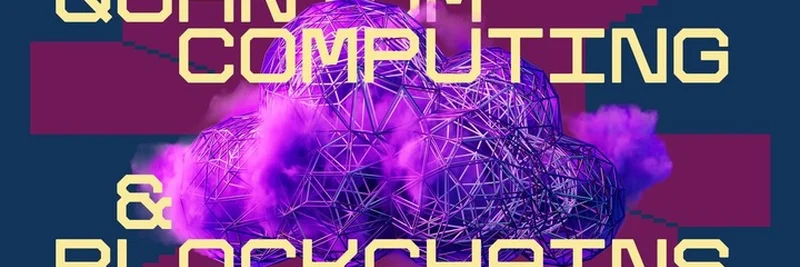Hey there, meme coin enthusiasts and blockchain buffs! If you’ve been scrolling through X lately, you might have stumbled upon a fascinating thread by Ryan Watkins, a well-known voice in the crypto space. On July 12, 2025, he dropped a bombshell about an Initial Coin Offering (ICO) that sold out in just 14 minutes—and it’s the 3rd largest in history, mostly raised on the Solana blockchain. But the real intrigue? His follow-up question: “Wonder what entrepreneurs do now that they realize they can raise hundreds of millions onchain so fast 🤔” Let’s dive into what this means for the future of fundraising and why it’s got everyone talking.
The ICO That Broke Records
First off, let’s break down what happened. An ICO is like a crowdfunding campaign for blockchain projects, where companies sell digital tokens to investors in exchange for crypto like Bitcoin or Ether. This particular ICO didn’t just meet its goal—it smashed it, raising a huge chunk of funds onchain (meaning directly on the blockchain) using Solana, a platform known for its lightning-fast transactions. Selling out in 14 minutes is wild, and it’s a sign that the crypto community is hungry for innovative projects. If you’re new to this, think of it like a Kickstarter for the digital age, but with tokens that might power a future app or service.
Why Solana Matters
Solana’s role here is a big deal. This blockchain is designed to handle thousands of transactions per second, making it a favorite for projects that need speed and efficiency. According to solana.com, it’s a go-to for decentralized apps and now, apparently, massive ICOs. The fact that most of this funding happened onchain—without traditional banks or middlemen—shows how blockchain tech is cutting out the old guard. For entrepreneurs, this could mean faster access to capital without the red tape of traditional finance.
The Entrepreneurial Game-Changer
So, what’s next for entrepreneurs? Ryan’s tweet hints at a shift in how startups might operate. Raising hundreds of millions in minutes opens doors that were previously shut tight. Imagine a small team with a big idea—say, a meme coin with a quirky community twist—suddenly having the funds to scale up overnight. They could hire developers, launch marketing campaigns, or even build entire ecosystems around their tokens. This speed could also attract risk-takers who thrive on hype, like the creators behind viral projects we often cover at meme-insider.com.
But it’s not all smooth sailing. Some X users, like @CryptoCobra, pointed out that this feels reminiscent of the 2017 ICO boom, which ended in a lot of hype and some crashes. Others, like @FarmerJoe0x, even asked, “What’s the argument it’s not an IPO again?”—raising questions about regulation. An IPO (Initial Public Offering) gives investors equity and voting rights, while an ICO typically offers tokens with utility but no ownership. This distinction is key, and it’s why ICOs can dodge some traditional financial rules—though regulators are watching closely.
Opportunities and Risks
For blockchain practitioners, this trend is a goldmine of opportunity. Entrepreneurs might start leaning harder into onchain fundraising, experimenting with tokenomics (the economics of tokens) to attract investors. We’ve seen meme coins like Dogecoin skyrocket with community support—could this ICO inspire similar moves? On the flip side, the risks are real. Fast money can lead to pump-and-dump schemes or projects that overpromise and underdeliver. That’s where staying informed, maybe through a knowledge base like ours, becomes crucial.
What’s Next for 2025?
As we sit here at 01:09 AM JST on July 13, 2025, the crypto world is buzzing. This ICO could be a preview of a bigger shift in how funds are raised, especially with Solana’s ecosystem growing fast. Entrepreneurs might start prioritizing blockchain-native strategies, blending meme culture with serious tech to capture attention—and cash. At meme-insider.com, we’ll keep you posted on how this plays out, especially if meme tokens start riding this wave.
What do you think? Will this spark a new era of onchain innovation, or are we heading for another crypto rollercoaster? Drop your thoughts in the comments—we’d love to hear from you!

